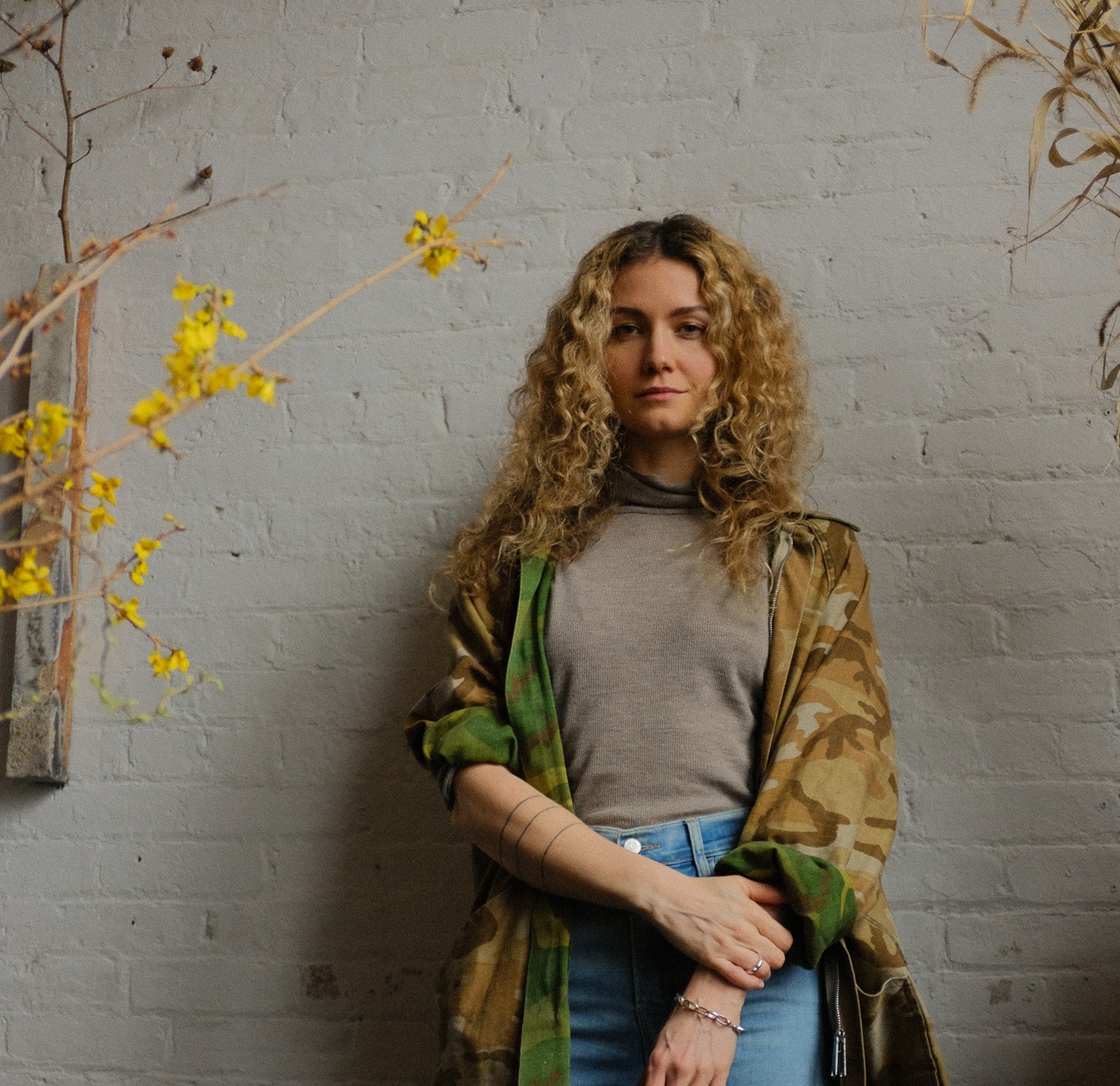
"Monocropped roses for the floral industry are personality-less, straight-stemmed, thornless, with obtrusive blooms and no scent. Their growing is often outsourced to farms in the global south with poor labor practices and little to no regulation on chemical use. This practice is extractive rather than collaborative and is a far cry from the twisted, barbed, and gorgeously-scented beauty of a wild or garden rose."
"Every garden needs a place for you to sit; to sit for as long as you can and observe the millions of tiny miracles that occur within the natural world. It's a good balm for uncertain times."
"Nothing quite compares to the twisted branches of mountain laurel, which rise and fall with an almost sensual rhythm, and its sticky, geometric cup-shaped blooms make a real impression."
"Overly restrained floral or garden designs look strangled and synthetic; control is a gardening and design trend that needs to go."
A garden aesthetic that inspires embraces overgrown beauty and natural chaos, symbolized by the appeal of species like Queen Anne's lace and mountain laurel. The negativity towards monocropped roses highlights poor labor practices and environmental concerns, emphasizing a need for collaboration over extraction. Essential to garden design is the inclusion of tranquil seating areas for observation of nature. A preferred hardscaping material is stone, while books serve as invaluable tools for continuous learning and inspiration in gardening practices.
Read at Remodelista
Unable to calculate read time
Collection
[
|
...
]